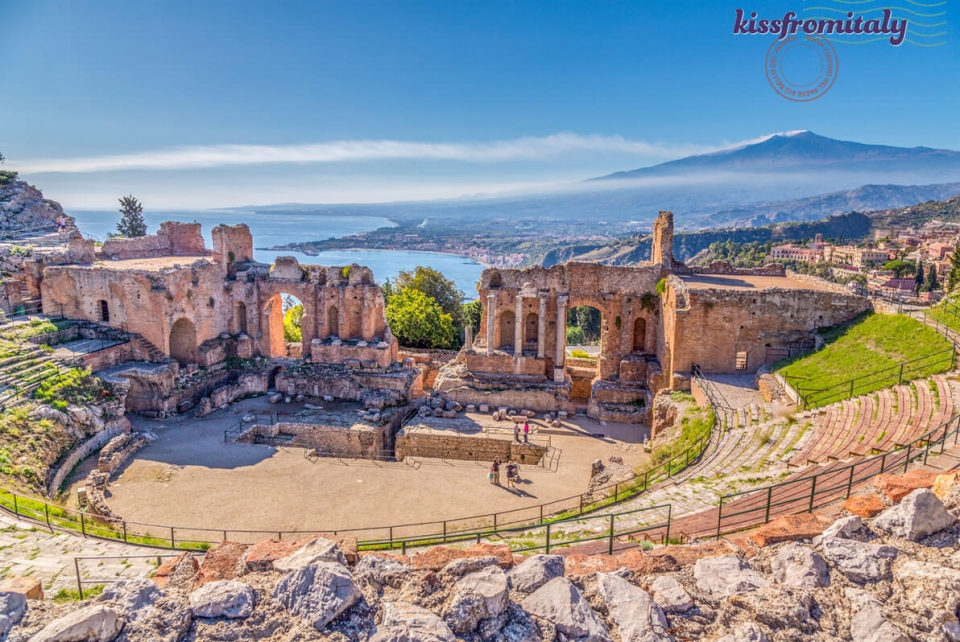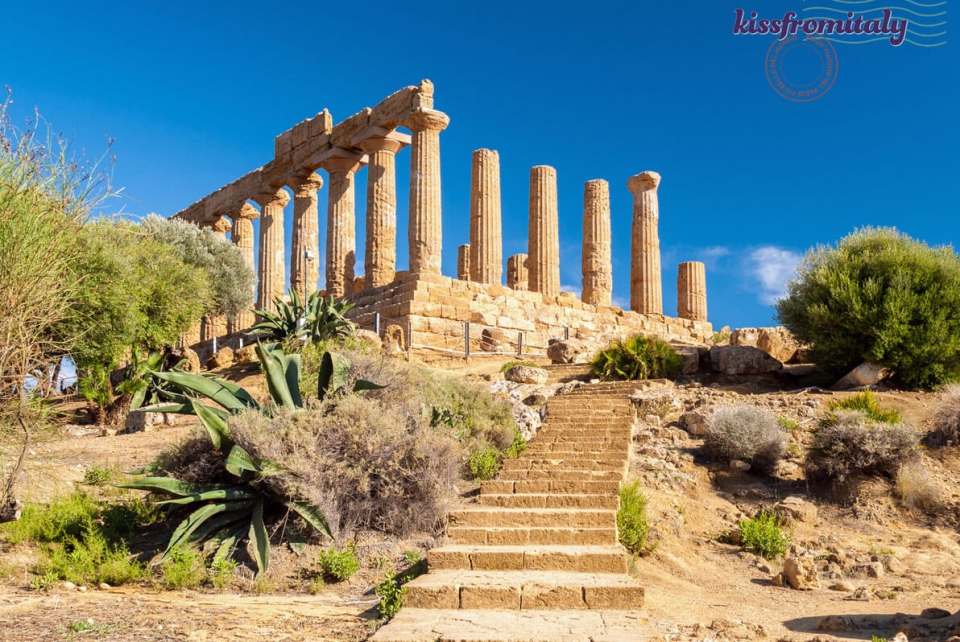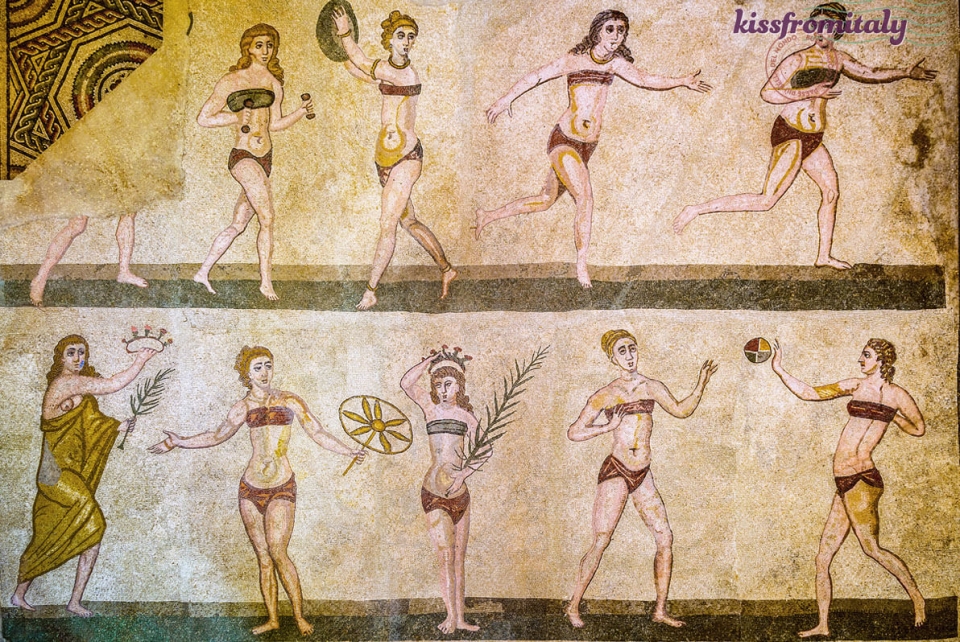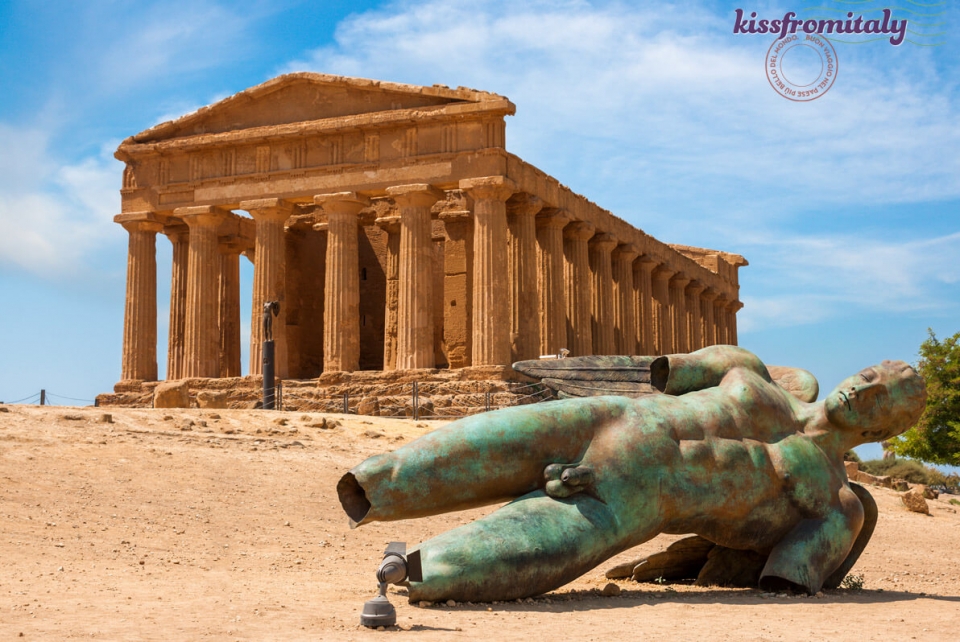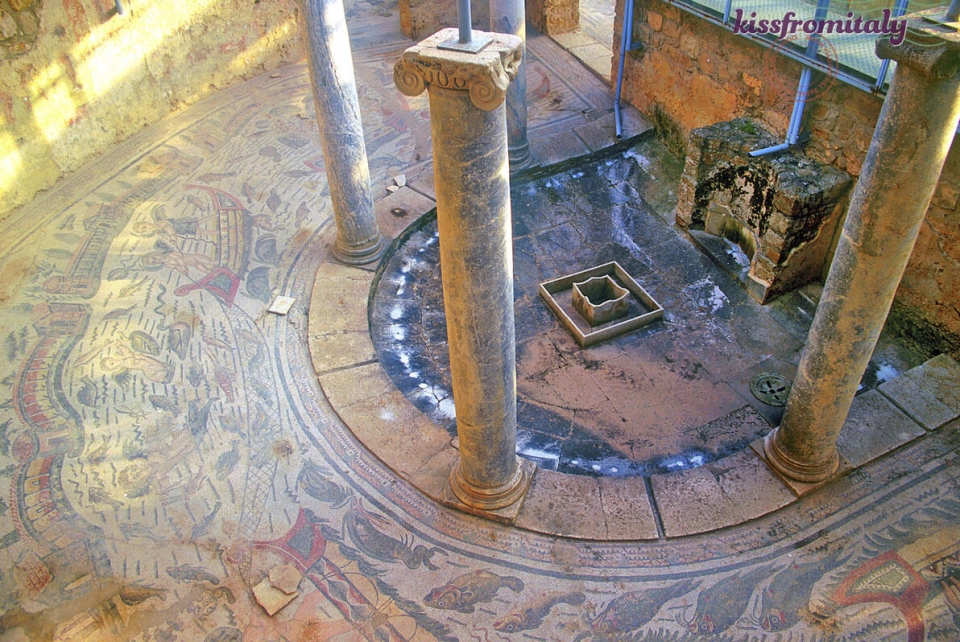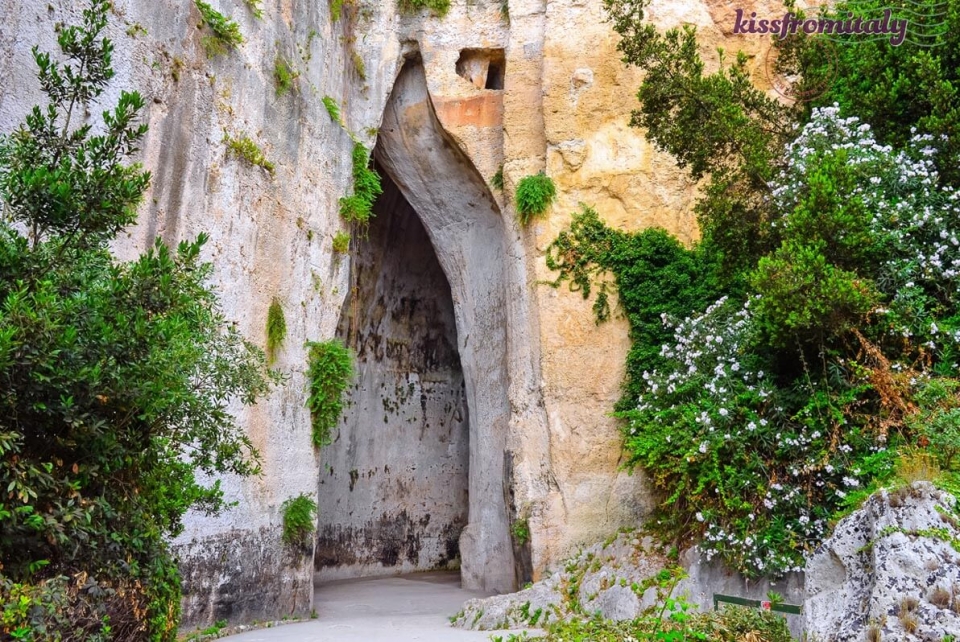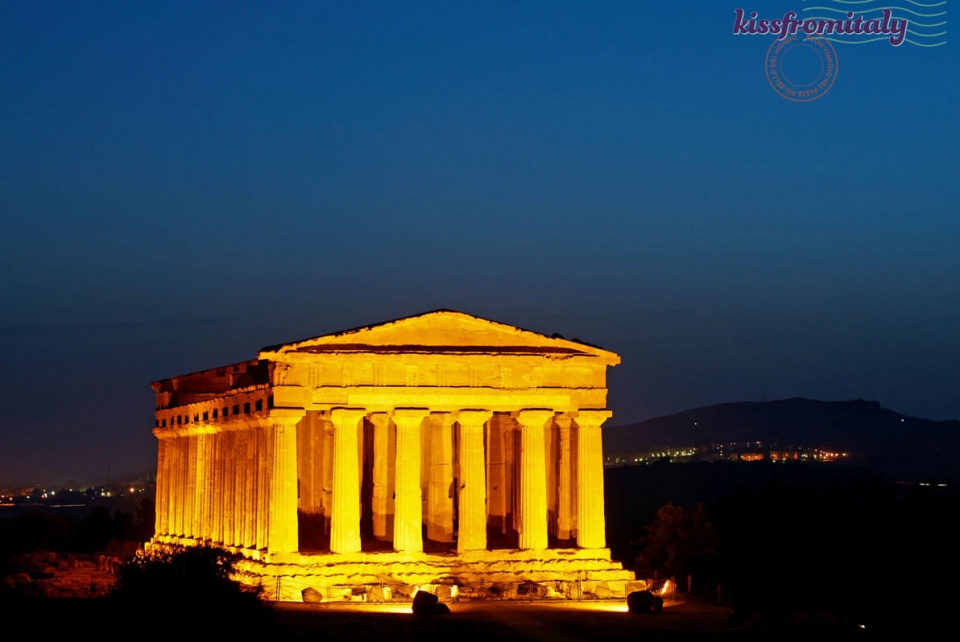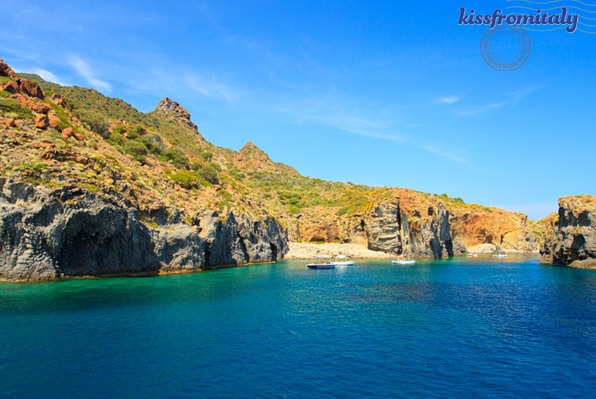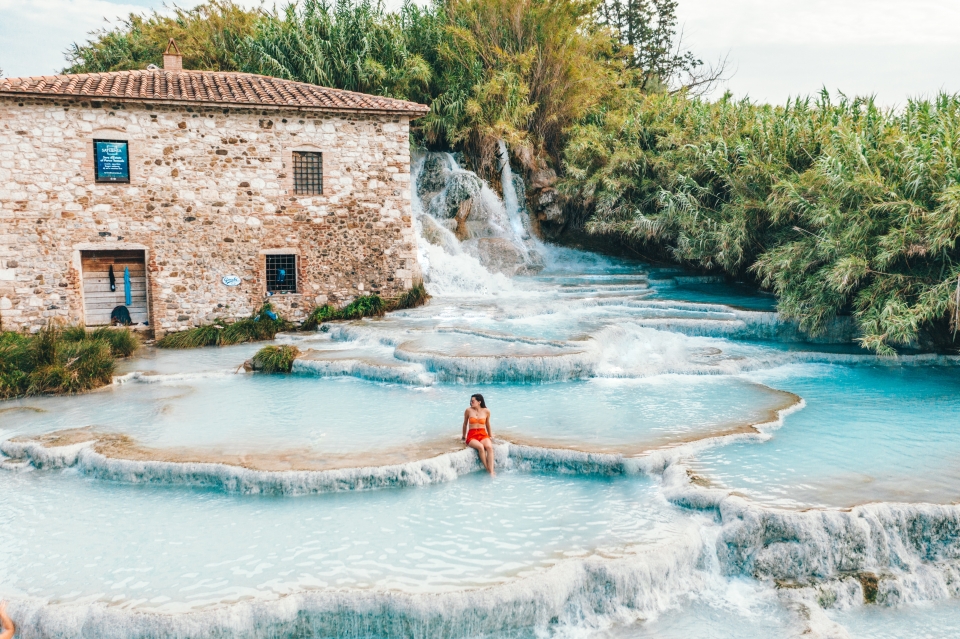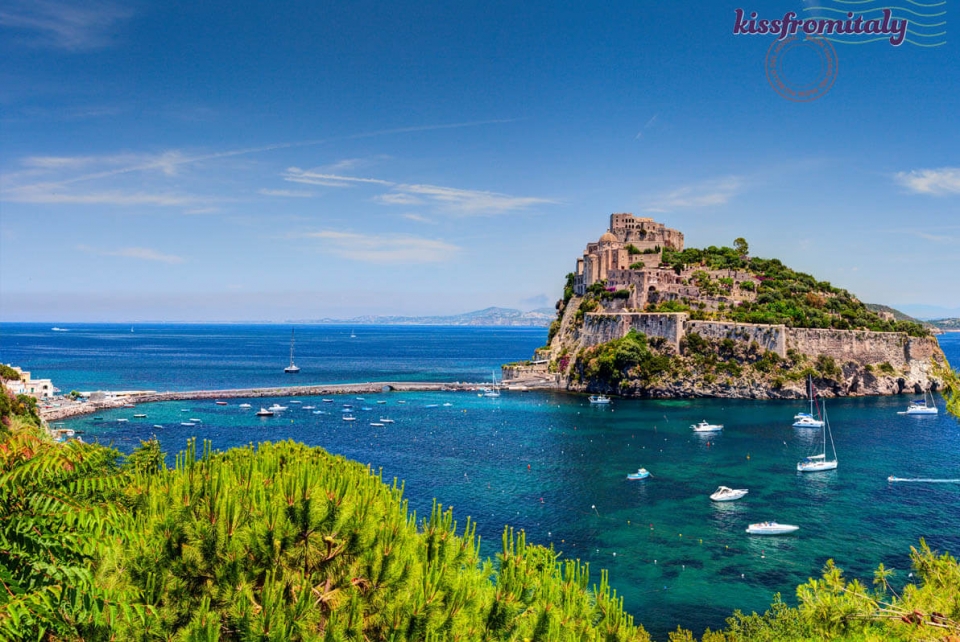
Learn about the most important archaeological sites located in the island of Sicily, Italy
The island of Sicily has some of the most exquisite archaeological sites from the ancient times when the Greeks and Romans ruled the Mediterranean area.
Allow yourself to take a step back in time to experience two ancient civilisations. The days of gladiators and philosophers. The days of worshipping Gods through lavish statues and temples. The days of celebrating the most notable poets and playwrights through performances at grand theatres.
Read about the best archaeological remains that can be found throughout the Italian island of Sicily for an overview of each area and key information useful to plan your visit.
Agrigento
Undoubtedly the most well-known archaeological site in Sicily, the Valley of the Temples (Valle dei Templi), is not to be missed on a tour of Sicily. It is one of the largest archaeological sites in the world and includes the remains of seven temples that date back to the 5th century BC. These remains are a collection of one the best example of Ancient Greek temples including the breathtaking and well-preserved Temple of Concordia (Tempio della Concordia), as well as the Temple of Heracles (Tempio di Eracle) and the Temple of Juno (Tempio di Giunone/ Tempio di Hera).
• Open from 8:30-19:00
• Admission: Adults (€10), Reduced (€5)
• Location: 5 minutes from Agrigento
• Facilities: Carpark onsite. Café and toilet available. Mini bus inside the site to move within the park- alternative option instead of walking (extra cost)
Selinunte
When you think of Sicilian archaeological sites, Selinunte may not spring to your mind, but once you visit the remains on the south-western coast of Sicily, it will leave a last impression. This archaeological park differs from the Valley of the Temples, because you can walk inside the only reconstructed temple (Temple E) on this site without any restrictions. This experience alone, makes visiting Selinunte, worthwhile. Selinunte contains seven other remains of temples (eight temple remains in total), that were constructed between the 4th and 6th century BC in the Doric style. As well as seeing the temple remains, you can wander through a labyrinth of streets and houses from the ancient Greek city of Selinus, all of which overlooks the Mediterranean Sea.
• Open from 9:00-19:00
• Admission: Adult (€6), Reduced (€3)
• Location: 20 minutes south from Castelvetrano along the south coast of Sicily
• Facilties: Carpark onsite. Café and toilets available. Transport inside of the site to move within the park (extra cost)
Segesta
At the site of an indigenous Sicilian hilltop city, are the remnants of the ancient Greek society who conquered this land. Within the archaeological site at Segesta you are able to see several impressive and well preserved remains. The most notable being a Doric style temple constructed in the 5th century BC and a Greek theatre built in the 2nd century BC. The other ruins that you can visit in this park are the city walls, an agora, a fortress and a church. Surprisingly there are also remains of a Muslim community that reoccupied the area in the 12th century- excavations have found the ruins of a necropolis and a mosque.
• Open from 9:00-17:00 (November to March), 9:00-18:30 (March to October), 9:00-19:30 (April to September)
• Admission: Adults (€6), Reduced (€3)
• Location: 30 minutes in land from Trapani or 35 minutes from Palermo Airport
• Facilities: Carpark onsite. Café and toilets available. Transport from the ticket office to the entry (extra cost)
Gallery
Villa Romana del Casale
With over 3000 square metres of mosaics the "Villa Romana del Casale" is one of a kind and it must be seen to allow you to fully understand the magnitude of its beauty. The astonishing thing about the mosaic flooring inside the villa is how well they have been preserved since they were built in the early 4th century AD. During the 11th century, there was substantial flooding and landslides in the area which covered the Roman villa almost completely. This allowed it to remain untouched and preserved for centuries until it was rediscovered in the 19th century. Of the mosaics in this villa the most renowned are the "big hunt" and the "bikini girls", due to their rich details and colours, interesting themes and quality of preservation.
• Open 9:00-18:00 (last Sunday in March to last Saturday in October), 9:00-16:00 (last Sunday in October to last Saturday in March)
• Admission: Adults (€10), Reduced (€5)
• Location: 15 minutes from Piazza Armerina
• Facilities: Carpark onsite. Café and toilets available
Taormina theatre
The theatre of Taormina was built in the 3rd century BC by the Greeks and was initially used for performances. Originally the theatre was a great deal smaller than what you see today. In the 2nd century AD, the Romans expanded the area to create more space for the games and battles that they wished to hold inside the theatre. The layout still follows that of a Greek theatre. Even though some of the theatre has deteriorated or been destroyed over time, the picturesque backdrop of the Ionian Sea and Mount Etna, will make up for this. If you have the chance, don’t miss seeing a musical or theatrical performance inside the theatre of a lovely summer evening. For more infos about what to do in Taormina read here.
• Open 9:00-16:00 (closing time is extended during peak season)
• Admission: Adults (€10), Reduced (€5)
• Location: in the centre of Taormina
• Facilities: Carpark onsite. Toilets available
Syracuse
The UNESCO world heritage site in Syracuse has a unique aspect to it that is unlike the other archaeological parks that have been mentioned above. Take this rare opportunity to compare a Greek theatre and a Roman amphitheatre that are within walking distance. The Greek theatre, originally built in the 5th century BC (but renovated in the 3rd century BC) allowed 15,000 spectators to watch the performances of distinguished playwrights. In the 3rd century AD the Roman amphitheatre was constructed to hold traditional games and gladiator battles and if not for the lack of preservation would be comparable in size to the Verona amphitheatre (although the theatre of Syracuse would have stood just a bit bigger). Another impressive area of the park of the limestone quarries where it is said that 7,000 Athenian prisoners of war were kept. The most impressive of these quarries is the "Ear of Dionysius", said to be named by Italian painter, Caravaggio. It measures 23 metres high and extends back into the cliff for 65 metres.
• Open 9:00 until 2 hours before sunset
• Admission: Adults (€10), Reduced (€5)
• Location 5 minutes from the centre of Syracuse
• Facilities: Carpark onsite. Toilets available


